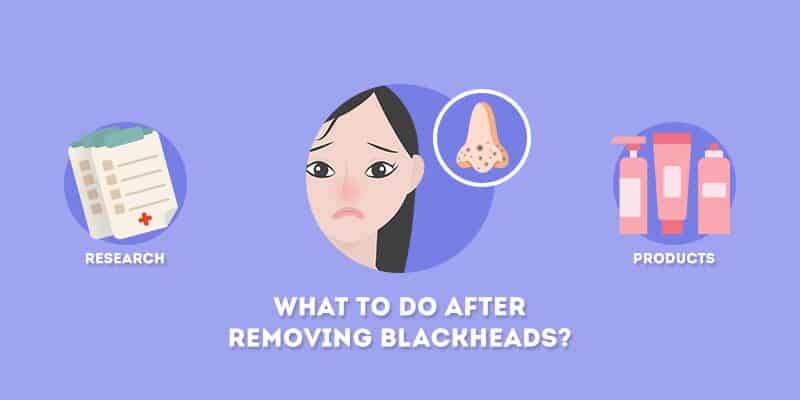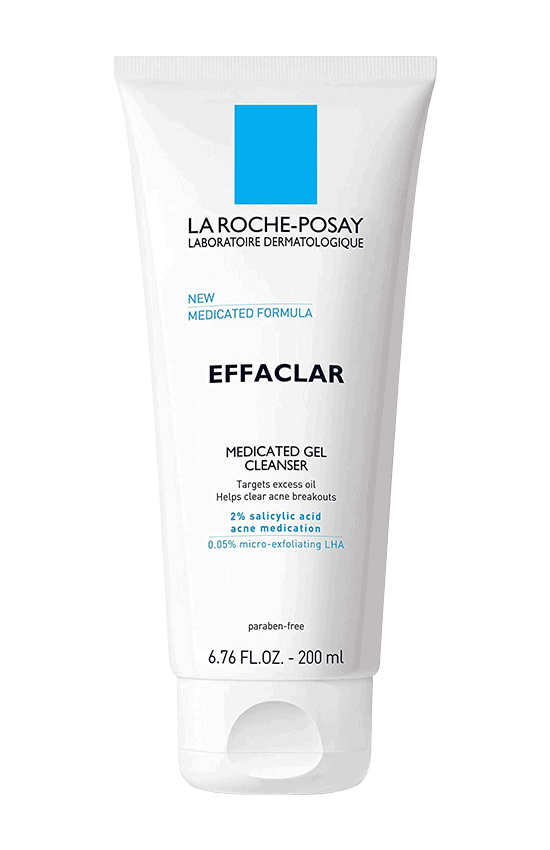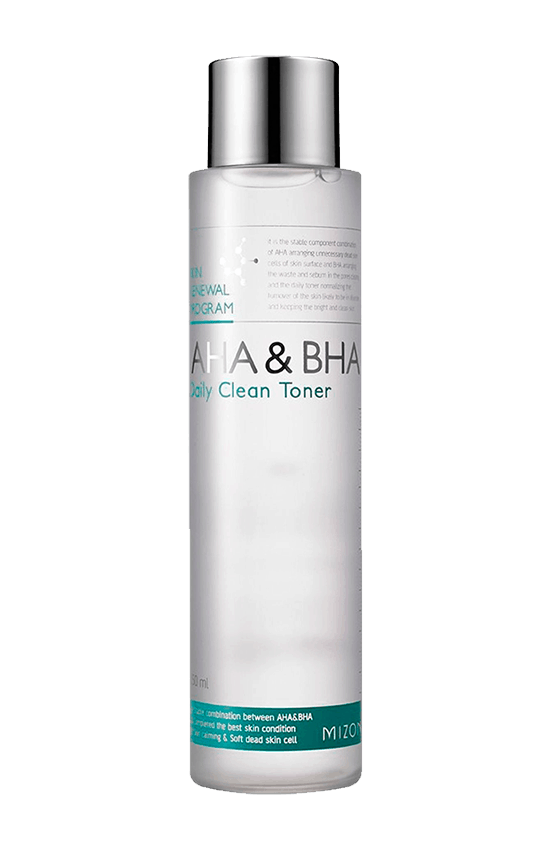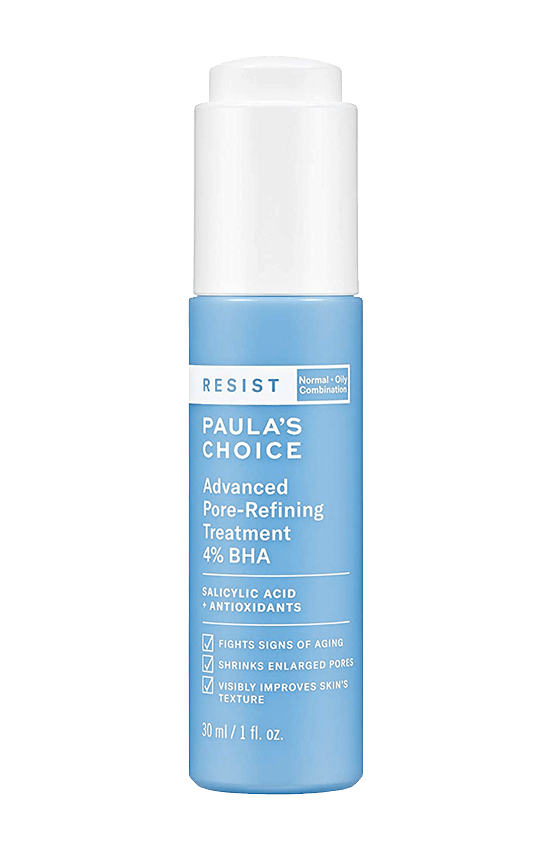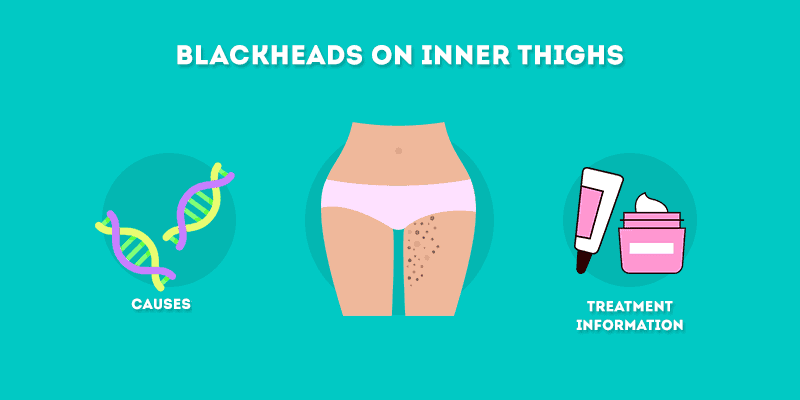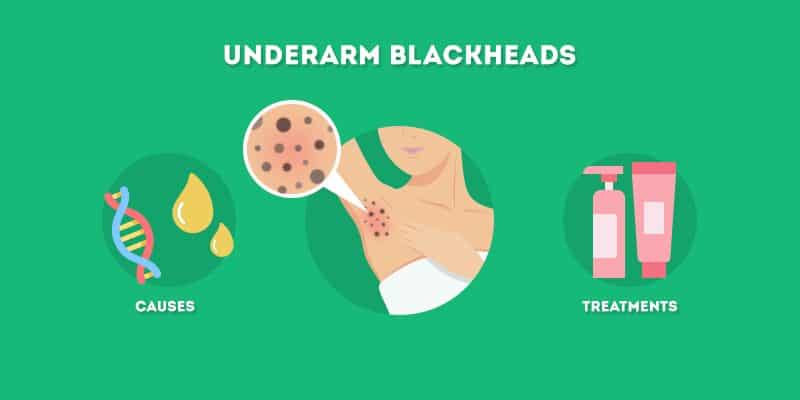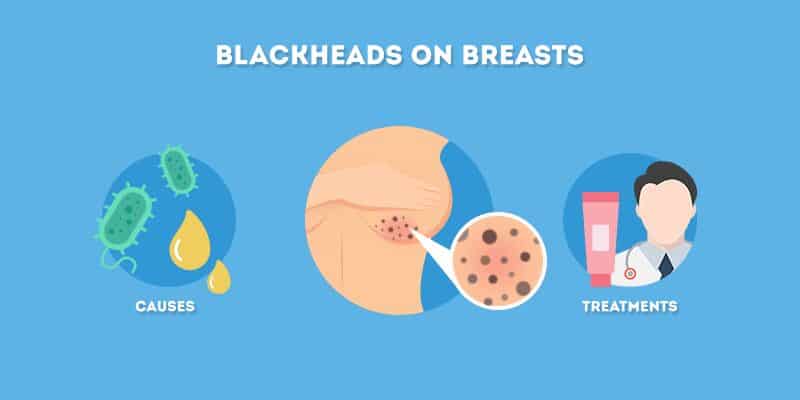As one of the most common skin disorders, there is a lot of research to sift through regarding the causes and treatment options of blackheads. Before you begin the process of attempting to remove your own blackheads, be sure to read through this tutorial to ensure the best chance of success:
What Are Blackheads?
Blackheads are the result of clogged hair follicles. When the hair follicle becomes full of oil and acne-causing bacteria, these open comedones begin to form and take on the appearance that people recognize as blackheads. As a mild to moderate form of acne, blackheads exhibit a unique black or dark appearance that rises from the surface of the skin.
These black bumps can appear nearly anywhere on the body, but are most common on the face, chest, back, arms, neck, and shoulders. Although blackheads often look like clogged pores, their root cause comes from a variety of factors, including an excess of oil production, irritation of the follicle, and hormonal changes in the body.
What to Do Before Removing Blackheads
Here are the important steps you should take before removing your blackheads.
Step 1: Take a Shower
Before the extraction process can begin, you need to shower with lukewarm water to soften the sebum plugs. This softening will make the extraction easier. Some people erroneously believe that the warm water opens the pores. Pores do not open and close but the water will make them more amenable to extraction.
Step 2: Cleanse Your Skin
While in the shower, cleanse the skin with a non-irritating and non-drying cleanser. This will further ready the skin for the blackhead extraction process. Liquid soaps are a good choice for blackhead suffers because these types of products are water-soluble. Bar soaps are usually high in pH and may cause drying or irritation of the skin. The residue that bar soap leaves behind may also block the pores and cause more blackheads to form.
Step 3: Consider Seeing a Professional
If you are unsure about performing the extraction yourself, you can have the blackheads removed by a professional dermatologist or esthetician. By using a trained professional, you will reduce the chances of skin damage and increase the odds that the process is a success.
Step 4: Use a Blackhead Extractor Tool
Using a specially designed blackhead removal tool will also minimize the risk of irritation to the skin. An instrument called the round loop extractor is the best way to remove the blackhead.
What to Do After Removing Blackheads
Important Note: As mentioned above, it is a myth that pores open and close. It is important to understand that pores may stretch but they do not literally open up. You are wasting your time by trying to coax them to open and breathe using steam or other methods.
1. Exfoliant with a Chemical Exfoliant Containing AHA/BHA
Although chemical exfoliants may not always be the best choice for inflammatory acne because of their tendency to further irritate the skin, this type of treatment can be successful when dealing with blackheads. The key when choosing an exfoliant is to pick one without harsh ingredients. An exfoliant containing alpha or beta hydroxy acids (AHAs and BHAs) is your best line of defense when looking to stop blackheads in their tracks. Glycolic acid is the most common type of AHA while salicylic acid is the most popular BHA. Both of these acids remove the top layer of skin to cleanse the pores and reveal a soft and less-blemished layer of skin.
2. Use Topical Retinoids
Topical retinoids can play a significant part in your blackhead removal regiment. As derivatives of Vitamin A, these topical creams should be applied directly to the skin in an effort to encourage the production of new skin cells. As these new cells form, the oil and dead skin that inhabit the clogged pores push out of the follicle. Topical retinoids are widely considered to be the best treatment for comedonal acne such as whiteheads and blackheads. Because retinoids are extremely strong, they are only prescribed by a doctor. The three types of retinoid drugs widely used in the treatment of blackheads are tretinoin, adapalene, and tazarotene.
3. Skip the Benzoyl Peroxide
While benzoyl peroxide is the gold standard for inflamed acne such as standard pimples, the product is not a good choice for blackheads. You are better off using proven treatments such as topical retinoids and chemical exfoliants.
4. Use a Clay Mask
In addition to your daily exfoliant treatment, you should consider using a clay mask once per week. These masks go to work to remove dirt, oil, and other impurities that build up deep into the pores. Clay masks are ideal at loosening up the debris that accumulates in clogged pores and then helping to free it. Many clay masks contain the active ingredient sulfur. This ingredient is useful in eliminating the dead skin cells that contribute to blackhead formation.
5. Consider a Chemical Peel
A chemical peel is a good choice for when you need a deep exfoliation of the skin. Depending on the strength of peel that you need for your case of blackheads, you can choose to either do the peel at home with a gentle over-the-counter product or go for a stronger peel performed by a dermatologist or at a salon.
6. Skip Comedogenic and Overly Greasy Products
When it comes to treatment options for blackheads, you do not want to just slap any product on to your skin. Choosing the wrong product for your skin type and skin condition may cause more harm than good. Comedogenic and overly greasy skincare products will only clog your pores and lead to more outbreaks of blackheads. Instead, you want to use non-comedogenic products that are specially formulated for the treatment of blackheads.
The Bottom Line
Blackheads can be misunderstood. This contributes to the confusion on how to properly treat existing breakouts and prevent future flareups from happening. By understanding what exactly a pore is and how to best treat the inflammations, you will be on your way to clearer skin. You do not want to waste your time and money on products that cannot effectively treat this specific type of comedonal acne. Just like all acne is not created equal, all treatments are also not created equal. The right knowledge will ensure that you are ready to take on this battle of the blackheads.
